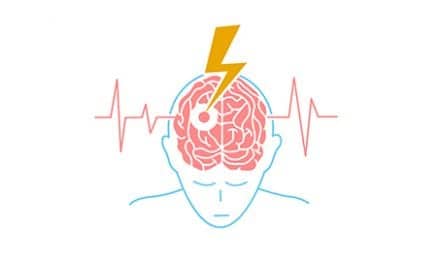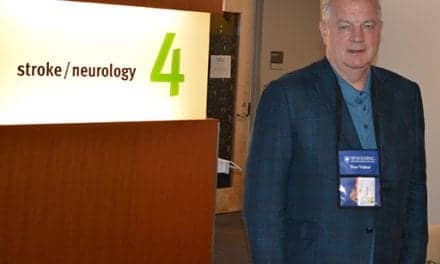by Anthony J. Brown, MD
Last Updated: 2008-06-09 16:00:18 -0400 (Reuters Health)
NEW YORK (Reuters Health) – Sixty percent of strokes seen after a transient ischemic attack (TIA) in patients with intracranial atherosclerotic disease occur within 90 days of the index event, according to a report in the Archives of Neurology for June. Moreover, the risk of an early stroke after a TIA is comparable to the risk seen after a prior stroke.
"We are unaware of any prior studies that have attempted to quantify or qualify the early risk of stroke (within 3-4 months) after the occurrence of a TIA due to narrowing of a large brain artery," lead author Dr. Bruce Ovbiagele, from the University of California at Los Angeles, told Reuters Health.
"We found that those with a TIA and those with a stroke…carried the same early risk of future stroke, and that evidence of infarcts on brain imaging predicted early stroke risk after a TIA," he noted. These findings "indicate that TIA patients should be taken just as seriously as stroke patients since they carry similar early stroke risks, and that brain imaging can delineate future stroke risk."
The findings are based on analysis of data for 569 patients enrolled in the Warfarin-Aspirin Symptomatic Intracranial Disease (WASID) study, a randomized trial conducted at 59 sites. The subjects included 222 with a TIA in the preceding 3 months, 241 with a stroke, and 106 with both. All of the subjects had angiography-verified 50% to 99% narrowing of a major intracranial artery.
The 90-day risk of a stroke after TIA was 6.9%, which is statistically comparable to the 4.7% rate seen after a stroke. Among TIA-only patients, 60% of all strokes occurred within 90 days of the index event compared with 34.4% of strokes seen after a prior stroke.
Patients with both a stroke and TIA at baseline were roughly twice as likely as subjects with either condition alone to experience an early stroke, the researchers found.
In TIA patients, the only significant predictor of an early stroke (HR = 4.7) was the presence of cerebral infarct on baseline neuro-imaging, the report indicates.
Further research is needed, Dr. Ovbiagele said, to confirm the current findings and "to identify specific interventions that can be given promptly to reduce the early risk of stroke in these types of TIA patients. We are currently exploring the latter."
Arch Neurol 2008;65:733-737.
Copyright Reuters 2008. Click for Restrictions




